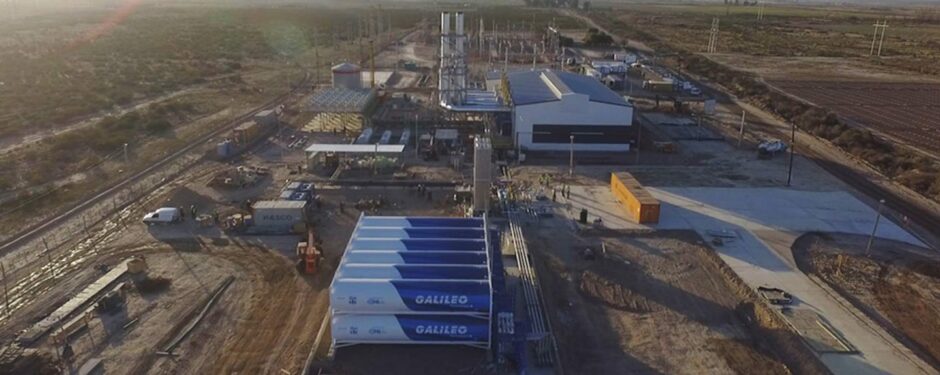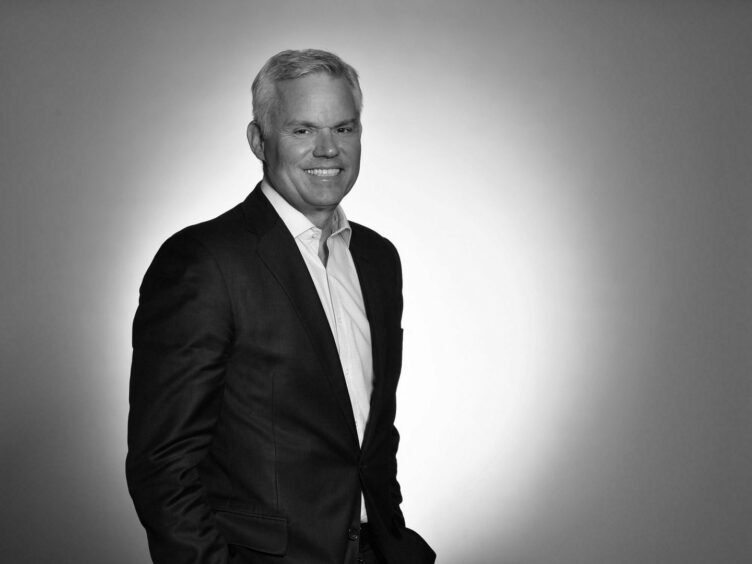
Developing LNG projects is traditionally seen as a big-ticket item, reserved for the few. Costs are high and equipment specialised, making the resource out of reach for most smaller scale operators – despite the advantages it offers.
Hoping to force a rethink of LNG’s prospects is Galileo Technologies.
Gas is a low carbon source of energy that is often stranded, with no means of reaching a market. Small-scale liquefaction and trucked deliveries to market opens a whole range of possibilities.
Galileo began as a CNG company before moving into LNG. “We can offer the cheapest conversion price for LNG, with a virtual pipeline from the wellhead to a power plant,” Galileo chairman, and founding partner of Bluewater, Tom Sikorski said.
The company started with a “dumb CNG compressor and dumbed it up”, he explained. The company’s technology freezes CNG. “The compression is halfway there.”
A CNG tank or truck requires substantial strength to maintain the pressure. As a result, the distance it can be moved is limited. Swapping CNG for LNG, reduces the number of trucks loaded by two thirds, because the concentration of the gas is that much greater.
Wellhead options
In Argentina, Galileo has participated in the construction of a 41 MW gas power plant supplied solely by LNG, as such it has no pipeline connections. The plant reduces CO2 emissions by around 30%, Galileo has said, as an alternative to diesel.
Galileo has also signed up to provide LNG to North American drilling company Helmerich & Payne (H&P). The drilling company invested $33 million into Galileo via a convertible note in April.
As part of the deal, the two companies agreed to co-operate to provide liquefaction technology to H&P’s drilling sites in North America. These LNG supplies could power drilling rigs, Sikorski noted, as a way to tackle the wider industry.
“The drill rig is first on the well pad, but then LNG could also go the frack fleet and the compressors. A top drive rig may have 1,500 hp, while a frack fleet may have 30,000 hp. We can supply LNG to a frack fleet at a 40-50% discount to diesel,” he said.
Everyone in the supply chain is eager to cut costs and improve efficiency where they can. “They all need an energy source – and at the wellhead is the most efficient way to do it,” Sikorski said.
Building pipelines is a costly business for relatively small amounts of gas. With regulators increasingly cracking down on flaring and venting, companies must get ahead of the problem as economically as they can. “We can be up and running in half an hour,” the executive said.
Expansion plans
Following these first steps in the Americas, Galileo plans to expand into Europe. Bluewater director Salil Oberoi said it was a question of prioritising where countries are working to decarbonise their supply chains and had stranded gas deposits.
“The next biggest market is biodigesters, which would produce bioLNG – it’s negative emissions,” Oberoi said. In order to encourage companies to take up the opportunity, Galileo does have the ability to keep the liquefaction projects on its balance sheet and essentially rent them out.
“You’ve got to be flexible with your business model. Everyone wants to decarbonise and we’ve set up LNG distribution platforms,” he said. The company has a business in the US, Edge Energy, which operates along these lines.
Sikorski said that breaking into new markets was also a question of showing how the technology works. Galileo can point to a biodigester project in Puerto Rico and wellhead businesses in Argentina, Colombia, Brazil and the Permian Basin to prove its point. “It’s a show me crowd,” he said.
He also noted a number of discussions in supplying Africa and into Asia. “Anywhere there’s gas, we can offer a cheaper and more scalable option.”
In terms of Galileo’s future, the company is working towards an IPO. Sikorski said that the company was in talks with “other cornerstone investors interested in the supply chain”. Galileo is seeking backing from the three areas it is targeting, from the wellhead businesses, from the agricultural sector and from the industrial supply chain.
“We would like investment from each of these and then we would seek an IPO,” the official said.

 © Supplied by Galileo Technologies
© Supplied by Galileo Technologies